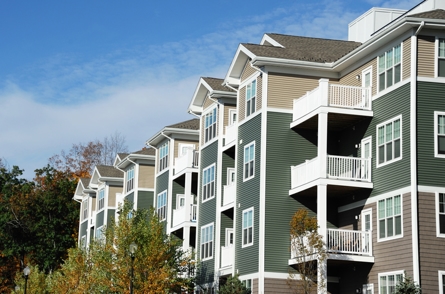Renting a home in California should come with a basic expectation: that the property is safe, clean, and livable. Unfortunately, many tenants across the state deal with unsafe conditions, from mold and pest infestations to broken plumbing or lack of heat. If you’re living in a rental unit that doesn’t meet health and safety standards, you don’t have to accept it. Legal protections are in place, and tenants have rights. If you’re unsure where to start, contacting experienced tenant lawyers like the Castelblanco Law Group can help you understand your options and take action.
Understanding What Qualifies as Unsafe Living Conditions
Unsafe or “uninhabitable” living conditions are more than just annoying—they violate California’s housing laws. The law requires landlords to maintain rental properties in a condition that is fit for living in. This includes, but is not limited to:
- Working plumbing, electricity, and heating
- Safe structural integrity (no collapsing ceilings, broken stairs, or faulty locks)
- Protection from weather and dampness
- Free from infestations like cockroaches, rodents, or bed bugs
- Clean running water and functioning sewage systems
- Adequate garbage disposal facilities
Even a single issue could be grounds for legal concern if it impacts your ability to live in the unit safely. When multiple problems pile up, the situation can quickly turn into a serious health or safety risk.
Your Landlord’s Responsibility
California law is very clear: landlords are responsible for maintaining habitability in their rental units. This duty exists regardless of what your lease says. A landlord cannot shift that responsibility onto the tenant. They’re required to:
- Make timely repairs once notified of a problem
- Keep common areas clean and safe.
- Ensure the rental meets all building and housing codes.s
- Provide working utilities and secure premises.
If your landlord fails to make necessary repairs after being notified, they may violate local ordinances and state law.
What You Can Do If Your Living Conditions Are Unsafe
If you’re dealing with serious habitability issues, there are steps you can take to protect yourself—and possibly pursue legal remedies. Here’s how to start:
Document Everything
Keep detailed records of the problems. Take photos or videos, save emails and text messages, and write down when and how you reported the issue to your landlord. Documentation is crucial if your case ever goes to court or you must file a complaint.
Notify Your Landlord in Writing
Always inform your landlord of the issue in writing, even if you’ve spoken to them verbally. Include the date, a description of the problem, and a reasonable repair timeframe (usually 7–30 days, depending on severity). This written notice establishes a paper trail that shows you gave them a chance to fix the issue.
Consider “Repair and Deduct”
California law allows tenants to make necessary repairs and deduct the cost from the rent, but only under specific conditions. The problem must seriously affect health or safety, the landlord must have had a reasonable amount of time to fix it, and the cost must not exceed one month’s rent. Use this option cautiously, as it can sometimes lead to disputes.
Contact Local Health or Building Authorities
City or county code enforcement offices can inspect the property and cite the landlord for violations. These reports are powerful evidence and can pressure landlords to make timely repairs. Some jurisdictions even offer tenant assistance programs.
Explore Legal Action
If your landlord refuses to make repairs or the conditions become dangerous, you may be able to file a lawsuit. Depending on the circumstances, tenants can sue for:
- Breach of the warranty of habitability
- Rent reductions or refunds
- Emotional distress or health impacts
- Relocation costs if forced to move out
In extreme cases, tenants may also have the right to withhold rent or move out without penalty. However, getting legal advice before taking those steps is important, as they carry risks if not done correctly.
When to Call a Tenant Rights Attorney
Not every issue requires a lawyer, but when facing persistent, uninhabitable conditions and your landlord refuses to act, getting legal support is often the best move. An experienced attorney can help you:
- Understand your rights and what qualifies as a legal violation.
- Communicate with your landlord effectively and legally.
- Prepare a case if you need to take the issue to court.
- Recover damages or compensation if you’ve suffered due to the conditions.
Tenant rights law in California is strong but involves specific procedures that must be followed carefully. A misstep could weaken your case or delay the outcome you need. Legal advocates can help make sure your rights are fully enforced.
Protecting Your Health and Home
No one should be forced to live in unsafe or unsanitary housing. As a renter in California, you have the law on your side. Taking action might feel intimidating—especially if you’re worried about retaliation or losing your home—but remember that standing up for your rights is not just about you. It’s also about holding landlords accountable and helping raise the standard for safe housing across the state.
If you face unsafe living conditions, don’t wait for the situation to worsen. Document the issues, notify your landlord, and explore all available resources. Legal professionals, local agencies, and tenant organizations can all support your fight for a safe and livable home.

